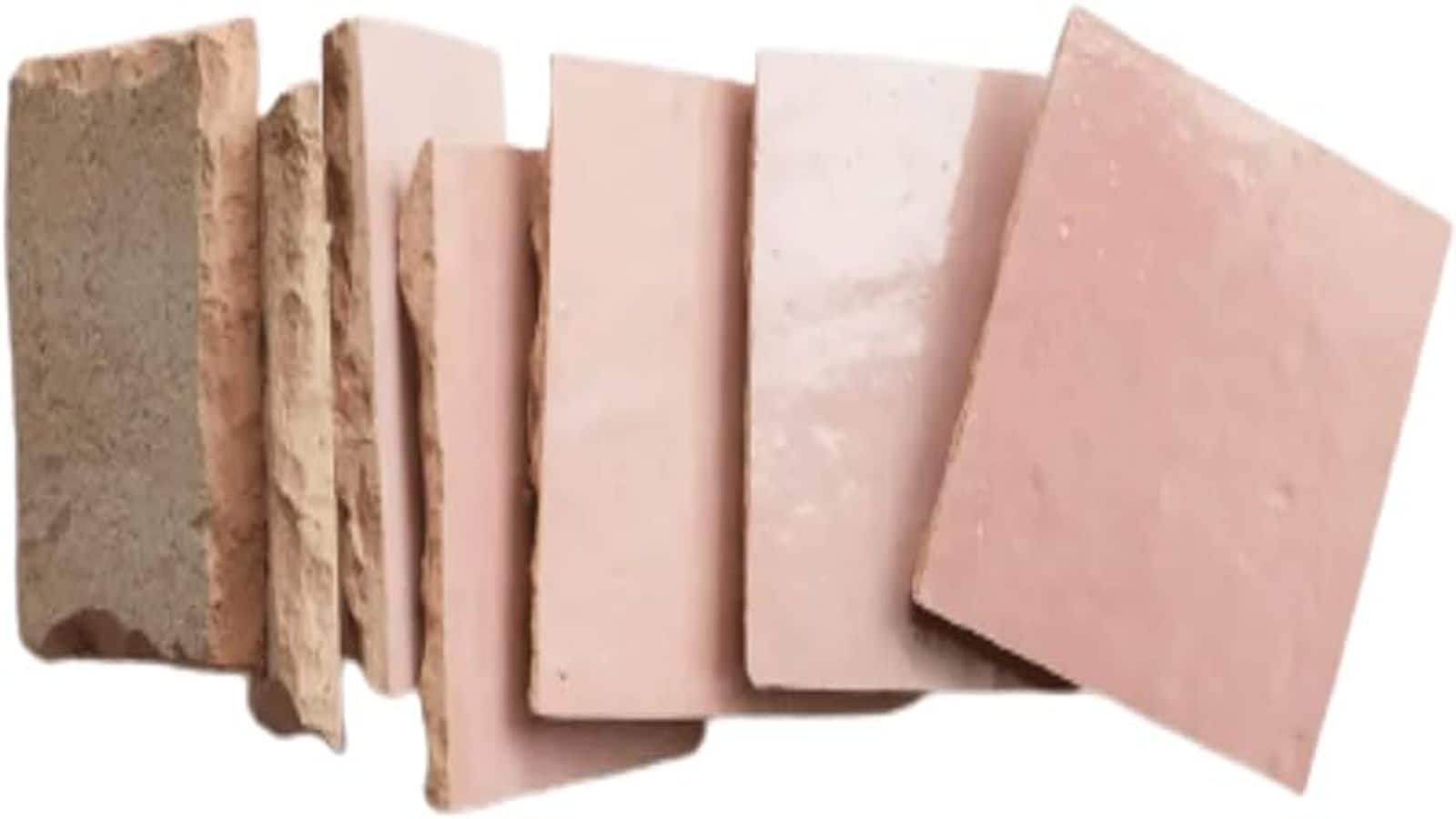
Experience traditional pottery in Fez, Morocco
What's the story
Fez, Morocco, is celebrated for its deep-rooted history and cultural heritage, with traditional crafts at the forefront. Pottery making is a standout experience for those visiting the city. Travelers have the unique opportunity to immerse themselves in Moroccan ceramics, observing and learning about the intricate designs and age-old techniques that have been preserved.
Explore artisans at work
Visit the Pottery Quarters
In Fez, the pottery quarters are a must-visit. Here, travelers can witness artisans skillfully shaping clay into beautiful pieces of art. This hands-on experience provides insight into the meticulous process of pottery making, from kneading the clay to firing decorated pieces in kilns. Observing these craftsmen at work offers a glimpse into the dedication behind preserving this age-old craft.
Craft your piece
Join a pottery workshop
Dive into a pottery workshop in Fez and experience the creation of your own ceramic piece. With the guidance of seasoned potters, you'll select clay, shape it on a wheel, and decorate it with your design. This hands-on workshop is not only enjoyable but also educational, allowing you to craft and take home a unique souvenir that captures the essence of Moroccan craftsmanship.
Discover ceramic art
Explore ceramic galleries
Fez is home to numerous galleries dedicated to ceramic art where visitors can admire and purchase exquisite pieces of Moroccan pottery. These galleries display a wide range of items from functional kitchenware to decorative tiles that reflect centuries-old patterns and colors unique to Moroccan culture. Browsing through these collections offers an appreciation for the craftsmanship and artistic expression embedded in Fez's pottery tradition.
Understanding mosaic art
Learn about zellij tilework
No visit to Fez would be complete without exploring its famous zellij tilework. This section delves into the complex world of cutting and assembling colored tiles into intricate mosaics that adorn many Moroccan buildings. Travelers can visit places where these tiles are made and learn about the precision required in creating zellij patterns—a testament to Morocco's rich artistic heritage.